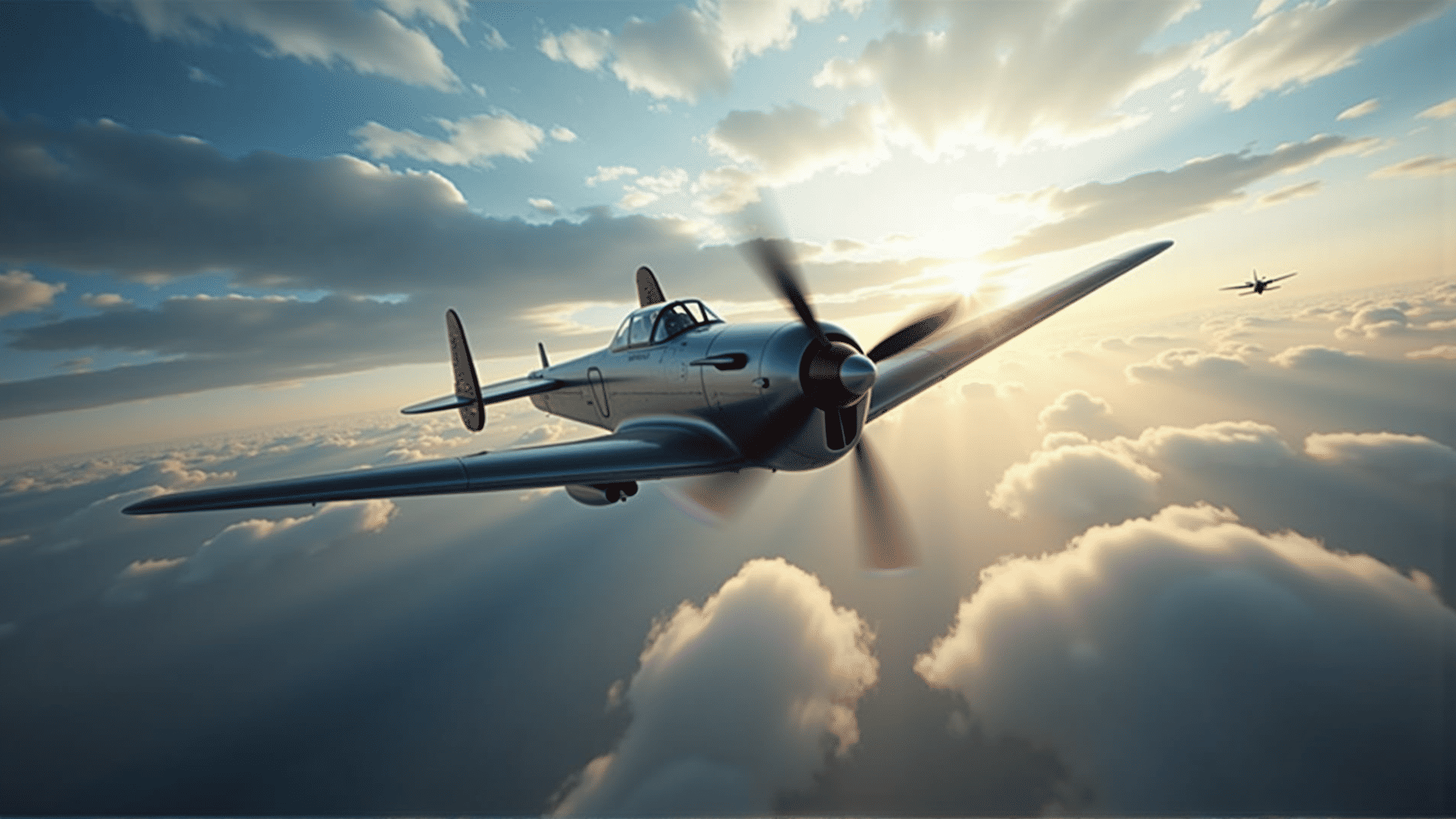Creating captivating flight scenes is a challenging yet rewarding endeavor for artists looking to expand their portfolio with dynamic sky compositions. Whether your aim is to depict the gentle grace of soaring birds or the adrenaline-fueled action of fighter jets, mastering the art of flight requires a combination of technical skill and creative vision. Here are some expert design tips to help you elevate your flight scenes to new heights.
Understanding the Fundamentals of Flight
Before diving into the artistic aspects, it’s important to grasp the dynamics of flight. Understanding how wings generate lift and how different flight paths affect an object’s appearance and movement will allow you to create more believable scenes. Study the anatomy of birds and aircraft to see how their structures support movement in the air. Observing videos of them in motion can also provide insight into how they interact with the environment.
Establish a Dynamic Composition
A successful flight scene is as much about composition as it is about the subject itself. Use the principles of design, such as the rule of thirds and leading lines, to guide the viewer’s eyes across the scene. Diagonal lines can inject a sense of motion and energy, making them especially effective in flight scenes. Consider how elements like clouds and the horizon can be used to frame your subject and add depth.
Play with Perspectives
One of the most thrilling aspects of flight scenes is the ability to experiment with varied perspectives. A top-down view can give the audience a sense of height and exposure, while a view from below might emphasize the vastness of the sky and the grace of upward motion. Each perspective provides a different narrative and emotional impact, so choose one that aligns with the story you wish to tell.
Master Light and Color
The sky is a dynamic backdrop that changes dramatically with the shifting light and weather. Experiment with different times of day to see how sunrise, midday, and sunset alter the mood of your scene. Dawn and dusk typically offer warm hues, while midday skies are vibrant and full of energy. Lighting can also accentuate certain features of your subject, such as the glint of sunlight on metal or the transparency of feathers.
Create a Sense of Scale
Flight scenes naturally encompass vast areas, offering a prime opportunity to play with scale. Use elements like clouds, mountains, or other aircraft to provide context and scale to your subject. This helps convey the altitude and freedom that come with flight, making your audience feel like they are part of the scene.
Focus on Details
While the overall composition is important, attention to detail can elevate your scene. In bird flight scenes, details such as the texture of feathers, the delicate curvature of wings, and the interplay of light and shadow can create a lifelike depiction. For aircraft, the reflection on sleek surfaces, the intricate designs on fuselages, and the trail left by contrails can add authenticity to your work.
Conveying Motion
Capturing motion is crucial in flight scenes. Techniques such as motion blur can suggest speed and energy. Position wings or appendages at angles that suggest movement, and use streaks in the background to imply swiftness. Achieving the right balance of motion cues will engage viewers and make the scene feel alive.
Experiment and Innovate
Don’t be afraid to break the mold by experimenting with abstract elements or combining different styles. Playing with mixed media, incorporating digital elements, or introducing surreal aspects can make your work stand out. Remember, art is as much about breaking boundaries as it is about following rules.
In conclusion, designing breathtaking flight scenes is a multifaceted process that requires a keen eye for detail, an understanding of dynamics, and a willingness to experiment. By focusing on composition, perspective, lighting, and motion, artists can create stunning and evocative scenes that resonate with viewers. Whether your subjects are birds, planes, or fantastical creatures, the sky is truly the limit.
